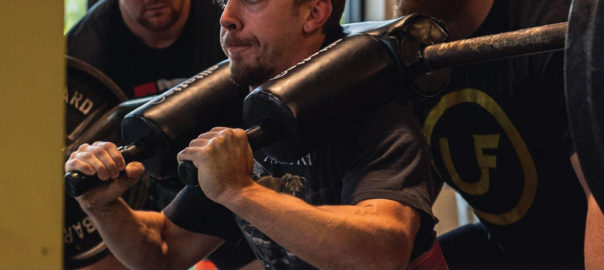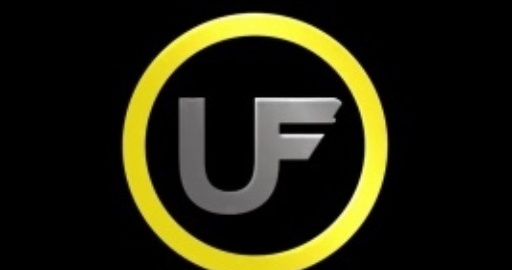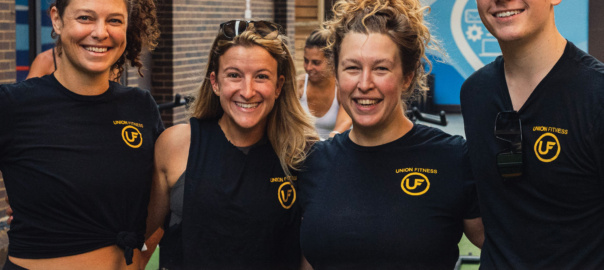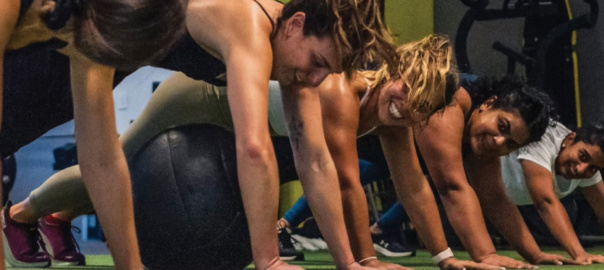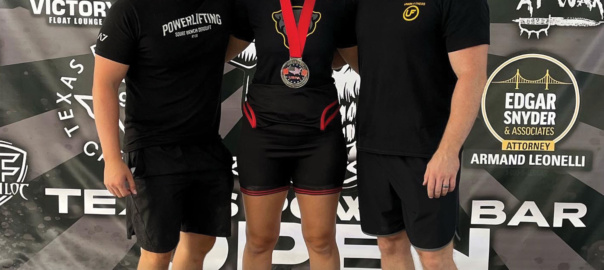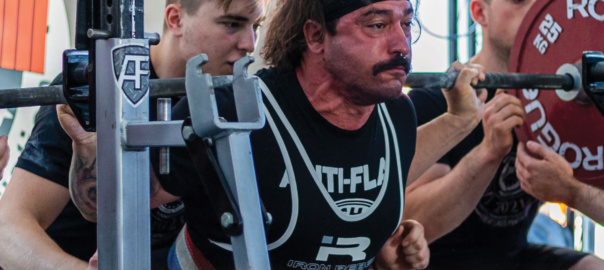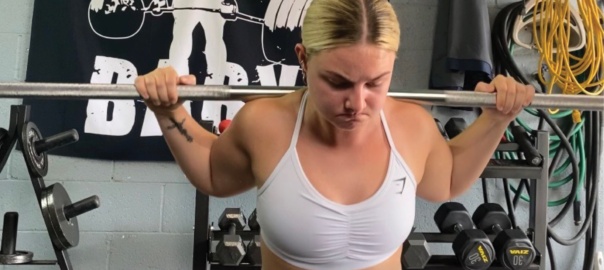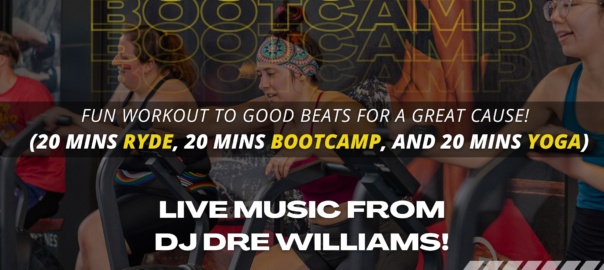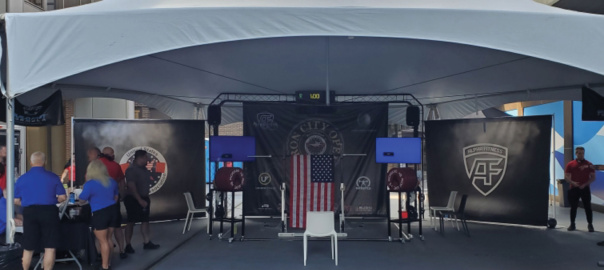Over the past six months, Todd and I have had the wonderful opportunity of working with a member who has been in town as a traveling nurse. When she first came to us, she was coming off of being two years removed from a training routine. She told us that her goals were to get back into the shape she was in before she took time off, and to build her strength with the hopes of hitting personal bests in the squat, bench press, and deadlift. Each week, she showed up 4 times, and most days at 6am. Todd and I knew she was dead serious about her goals, and she proved it each session. So, we put together a plan and provided her the best service we possibly could.
After 6 months of not missing a single workout, she signed up for and competed in her very first powerlifting competition right here at Union Fitness. It was safe to say that she was extremely nervous and had no idea what to expect (just as we all are for our first one). However, she showed up, put her heart and soul into every lift, and came out victorious. That day, we witnessed so much growth in her, as she did herself, that we knew she could take on anything that was placed in front of her.
We recently asked her to write us a short blog on her experience. At first, she was hesitant, as she didn’t want to be the center of attention, and was worried about what other’s might think. So, we let her think on it for a few days before I decided to have a conversation with her. What she didn’t realize was that she had a beautiful story to tell. One that involved moving 6 hours away to a city that she had never known, by her self. Aside from this, she was working at a job where she knew absolutely no one. She walked into a gym that she knew nothing about after taking 2 years completely off of training. She signed up to work with two goof ball trainers who she hadn’t built a relationship with yet. She then chose to continuously show up at 6am four days per week to achieve her goals, while signing up for and competing in a competition that she had never even seen in person. All of this in just 6 months. What she didn’t realize at first is that there were people who were going through the same challenges, or maybe who were even too hesitant to take those chances, just as she once was.
As I type this, I ask you to do two things. First, take the time regularly to reflect on all of the amazing things you have accomplished over your lifetime. This is something we don’t do nearly enough. Next, pass it along. This is our greatest gift as humans, and without the ability and action of helping others, what good is it to experience and achieve all of the wonderful things that we have? Because, you never know how your experiences and the things that you have to share could impact the lives of those around you.
– Curtis Miller
